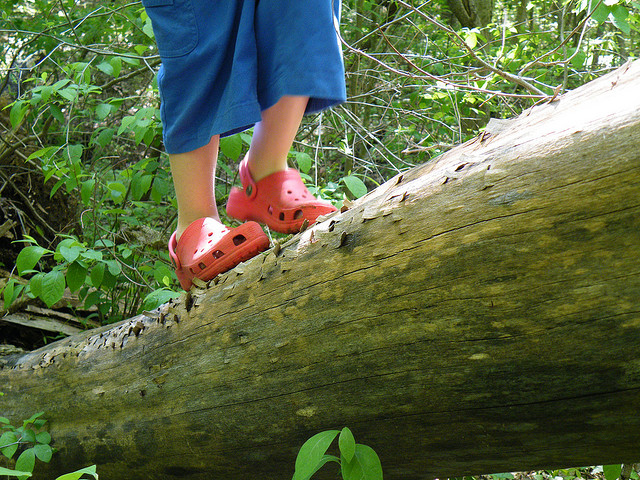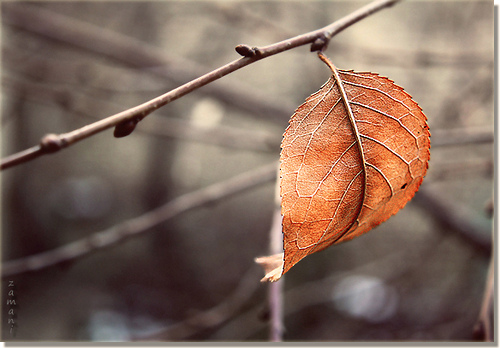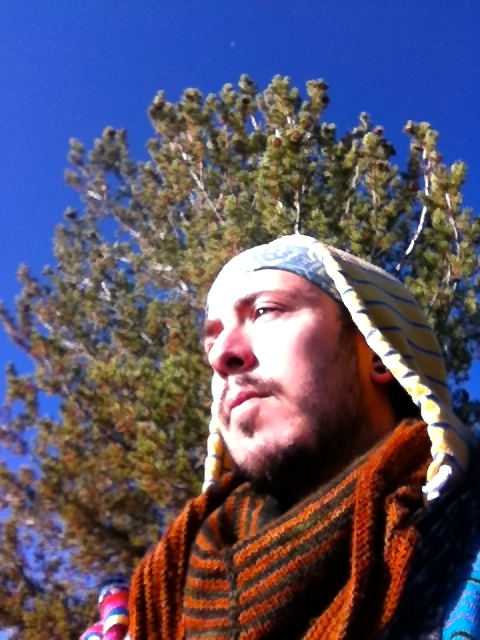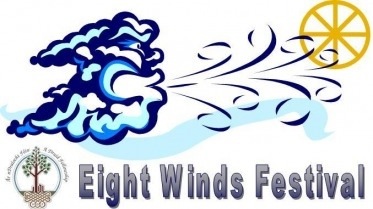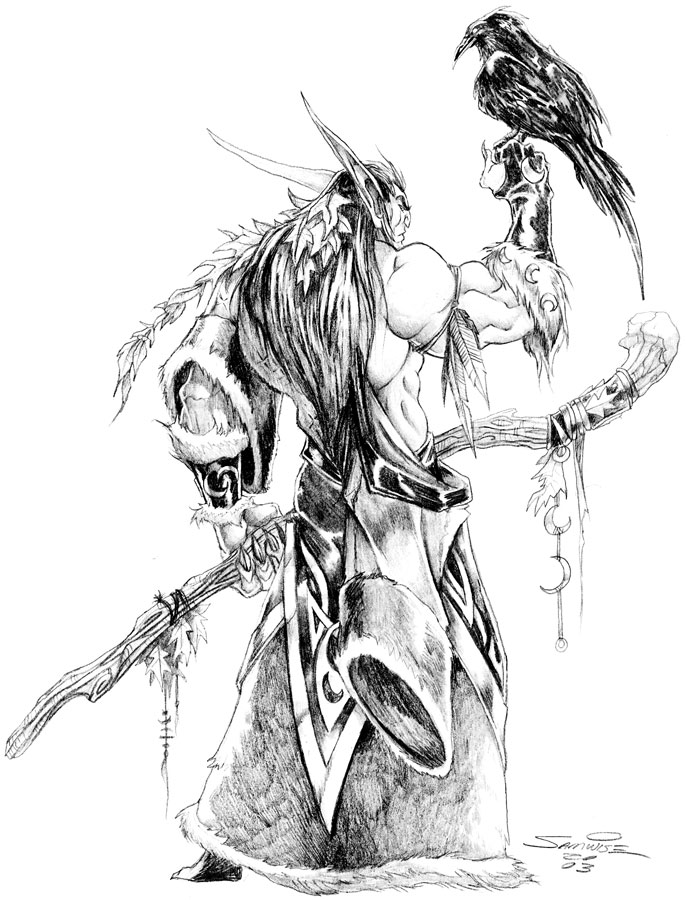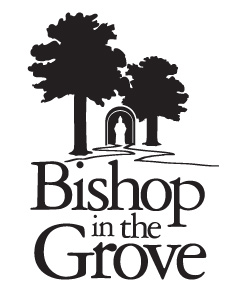Tag: Druidism
-

A Pagan, a Druid, and an Episcopalian walk into a Church
I went to church last night. It was the first time I’d been to church since I left the Church. Taking in an evening mass, done up to the 9’s with incense and vestments, was something I hadn’t planned to do while visiting Eugene, Oregon, nor was it an invitation I expected to receive from […]
-

Letters on BITG: Bringing Druidry and Druidism Into Balance
Letters is a series on Bishop In The Grove that allows readers to initiate the dialogue. Submit your letter on the Letters page, and it may be chosen to be included in a future post. This first post in the series is centered around bringing Druidry and Druidism into balance. “You’ve talked before about wanting […]
-

Autumn Becomes Emotional
The Rosemary is hanging all about my room, dried and waiting to be stripped from the stem. I look out the window, and the smattering of leaves around my house, an autumnal moat, is a reminder that there are still many things to do in preparation for the winter. The silence I used to write in, […]
-

You Can Take a Druid Out of the Woods…
In the morning, after (almost) sleeping through a night of 28 degree weather, I headed to the edge of the water to make my offerings. Pumpkin seeds were what I had to give, for they were what I had to eat. I proceeded through the same ritual I outlined in my post last week, only […]
-

The Offerings of Man, the Obligations of Gods
I approach my home shrine in the morning and prepare my offerings. Into three small, porcelain sake glasses, which were given to me by my stepfather, I pour a small bit of sugar, oats, and oil. These were the foods that made the most sense to me, although I’m not sure why. Whether I’m clothed […]
-

I Went Camping in the Woods and I Came Back a Druid
Organized sports never suited me. But wrestling with my faith? Someone should give out trophies. I would have a garage full. When I left for the Eight Winds Festival, the first ADF gathering I’d ever attended, I was concerned that I may not be able to invest myself fully on account of a little religious […]
-

When Jesus Hitches a Ride to the Druid Camp
I’ve been a stay-at-home Pagan, a bookish Pagan, a CUUPS ritual-attending Pagan, and a blogging Pagan. But as of yet, I have not been a festival-going Pagan. That all changes this week. On Wednesday I shall make my way to the Prosser Ranch group campground, located just outside the town of Truckee, California, and celebrate […]
-

The Awen Moves: An Offering in the Morning
There is an intrinsic connection between creativity and spirituality, I think. The impuse to create feels very much to me like the impulse to worship, to do ritual, or to pray. Perhaps this is why my heart sang out so loundly when I first found the Order of Bards, Ovates, and Druids. OBOD asserts that […]
-

You Say Tomato, I Say Druid.
Ever since I took the name, Teo Bishop, and made it my own — both in a religious sense and through the proper legal channels — I’ve had cause to explain what it is that I do on this blog. My writing, as well as my deepening engagement with my own spiritual work, are both […]
-
How I Arrived At Pagan
I’m writing to explain my relationship with the identifier, Pagan, and how it sometimes fits and often does not fit my sense of religious identity.
-
Show and Tell: My Bookshelf
Following the lead of a friend, I share a photo of my spiritual work space as a reminder that yes-I am more than the sum of my online profiles!
-
Turning Over The Earth
The Spring comes, and my life transforms. It seems to be almost as reliable as the coming of the Cottonwood snow. It happens every year, this pull towards the world; this letting go of Winter’s introspection.
-
April Tumult & the Birth of New Myth
April was a month of great change and upheaval. Perhaps I’ve been holding on to Winter, and all that it represents, and the Gods would have no more of it. Or, it could be the result of cosmic forces; a planet gone retrograde, or some other unseen spirit. I cannot say. All I know is […]
-
I Think I Saw A Goddess
In front of me stood a large tree, next to which was a stone well (not unlike the one I’d seen at the holy site in County Kildare). Between these two sat a third.
-
Ghosti!
At the moment of surrender, when all seemed lost, I experienced a new kind of connection to the Gods. It’s what the Druids call, “Ghosti”.
-
Tree Roots and Druid Groups
The question is, must I be a strict adherent to any one of these traditions in order to accomplish that? Can I be an ADF member, following through on my commitment to the Dedicant Path, while still harboring this love for the Druid Revivalists and their modern spiritual offspring?
-
A Beautiful Noise
This mashup of religious expression is coming from a sincere place, and I believe sincerity to be the most important ingredient in one’s religious life.
-
On Meditation and Devotion: Weeks 10, 11, & 12
March has been quite productive. Spring is definitely upon us! I’ve been working away from home for over half of the month, relying heavily on my portable altar for morning worship.
-
The Doing of the Details: Ostara 2011
Worship must be more than role-play. I believe that effective group worship must be an engaging act that seeks to unite the people present in a common mind for a common purpose.

